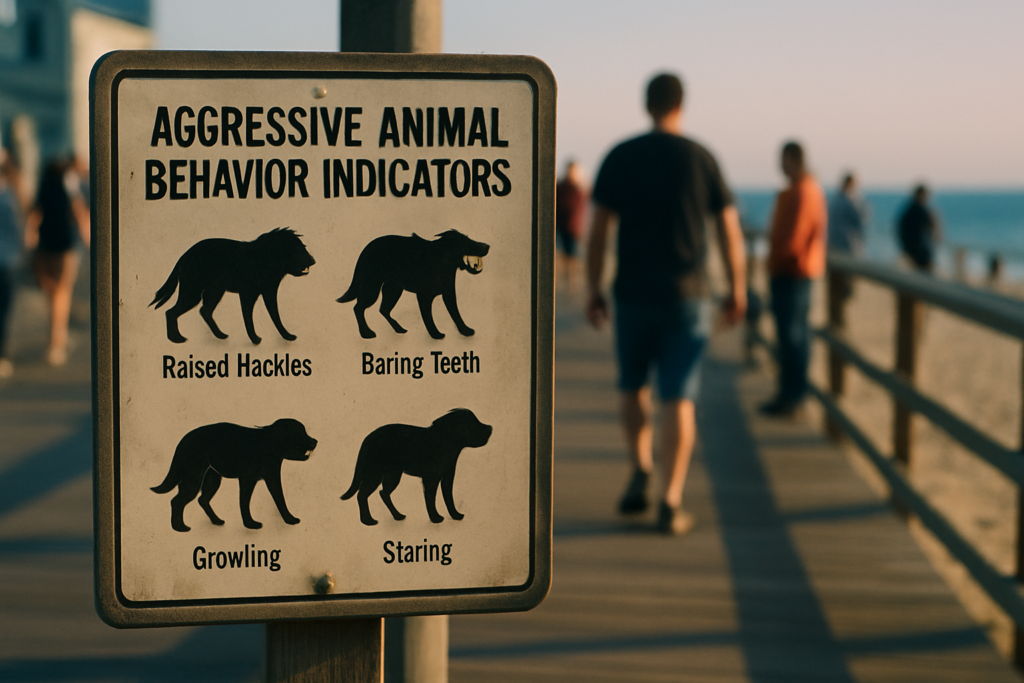Understanding Pet Allergies
Navigating pet allergies while loving your furry friends feels like a challenge, but it’s possible with the right knowledge and strategies. I’ll explain the key causes and symptoms of pet allergies to help you manage them effectively.
What Causes Pet Allergies?
Proteins in pet dander, saliva, and urine typically trigger allergic reactions. When pets shed their skin flakes (dander), it becomes airborne and inhaled.
Often, cats and dogs are the main culprits, though other animals like rodents and birds can also cause allergies. Some breeds produce more dander and allergens than others.
Symptoms of Pet Allergies
Common symptoms of pet allergies usually include:
- Sneezing: Frequently sneezing can indicate an allergy.
- Runny or Stuffy Nose: Nasal congestion or a runny nose often accompany other symptoms.
- Itchy or Watery Eyes: Persistent itching or tearing is a common response.
- Coughing or Wheezing: Respiratory issues such as coughing or wheezing may develop.
- Skin Rashes: Contact with allergens can result in hives or skin rashes.
Recognizing these symptoms enables better management and improves living conditions.
Managing Pet Allergies
Effectively managing pet allergies involves adopting strategies that minimize allergen exposure. Implementing these steps helps maintain a healthier living environment.
Regular Cleaning Routines
Consistent cleaning routines reduce allergens in the home. Vacuum carpets, rugs, and upholstery weekly using a HEPA filter vacuum. Damp mop hard floors to trap dust and dander.
Wash pet bedding, toys, and blankets in hot water weekly. Clean and disinfect pet grooming tools after each use. Do not allow pets on furniture or beds to minimize allergen spread.
Use microfiber cloths for dusting surfaces and ensure ventilation by opening windows regularly. Consider installing air purifiers with HEPA filters in bedrooms and living areas to capture airborne allergens.
Choosing Hypoallergenic Pets
Select hypoallergenic pets if allergies are severe or persistent. Breeds like poodles, schnauzers, and certain terriers produce fewer allergens.
Consider pets with hair over fur because they shed less dander. Explore smaller animals like fish or reptiles, which generally cause fewer allergic reactions.
Consult with a veterinarian or allergist before adopting a new pet to ensure compatibility with your allergy management plan.
Medical Treatments for Pet Allergies

Medical treatments offer relief when home remedies aren’t enough for managing pet allergies.
Over-the-Counter Solutions
Over-the-counter (OTC) solutions help alleviate mild pet allergy symptoms. Antihistamines, such as cetirizine (Zyrtec) and loratadine (Claritin), reduce sneezing, itching, and runny noses.
Decongestants like pseudoephedrine (Sudafed) relieve nasal congestion but should be used cautiously due to potential side effects. Nasal corticosteroids, such as fluticasone (Flonase), lessen nasal inflammation.
When to See a Specialist
Consulting a specialist becomes necessary when OTC solutions don’t control symptoms. Allergists can perform skin or blood tests to pinpoint specific allergens.
Immunotherapy, involving allergy shots or sublingual drops, may be recommended to build immunity over time. Specialists can also prescribe stronger medications, like leukotriene modifiers or biologics, to better manage severe cases.
Medical treatment enhances overall allergy management.
Alternative Remedies and Preventive Measures
Managing pet allergies involves exploring both natural and preventive measures. These solutions can complement medical treatments and improve quality of life for both pet owners and their pets.
Natural Solutions for Allergy Relief
Certain natural remedies can reduce allergy symptoms. Quercetin, a plant flavonoid with antioxidant properties, acts as a natural antihistamine.
Local honey might help reduce sensitivity to pollen in pet fur. Incorporating the probiotic Lactobacillus casei in your diet can strengthen the immune system and alleviate allergy symptoms. Essential oils, like eucalyptus and lavender, also offer some relief when diffused in living spaces.
Preventive Strategies to Minimize Allergens
Preventive measures help maintain a low-allergen environment. Regular grooming reduces the amount of dander, limiting potential allergens.
Use a HEPA filter in your home’s air purifier to capture airborne allergens efficiently. Wash pet bedding weekly in hot water and clean pet toys frequently. Restrict pets from entering bedrooms to create a dander-free sanctuary. Vacuum your home with a HEPA-filter-equipped vacuum and dust surfaces with a damp cloth to control allergens effectively.


